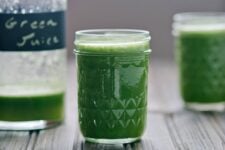If you’re on a journey to fill your diet with high-quality foods, chances are you’ve heard about the benefits of eating seasonal produce.
Choosing fruits and vegetables grown in your local region and harvested at the peak of ripeness are more flavorful and nutrient-dense than those eaten out of season (1).
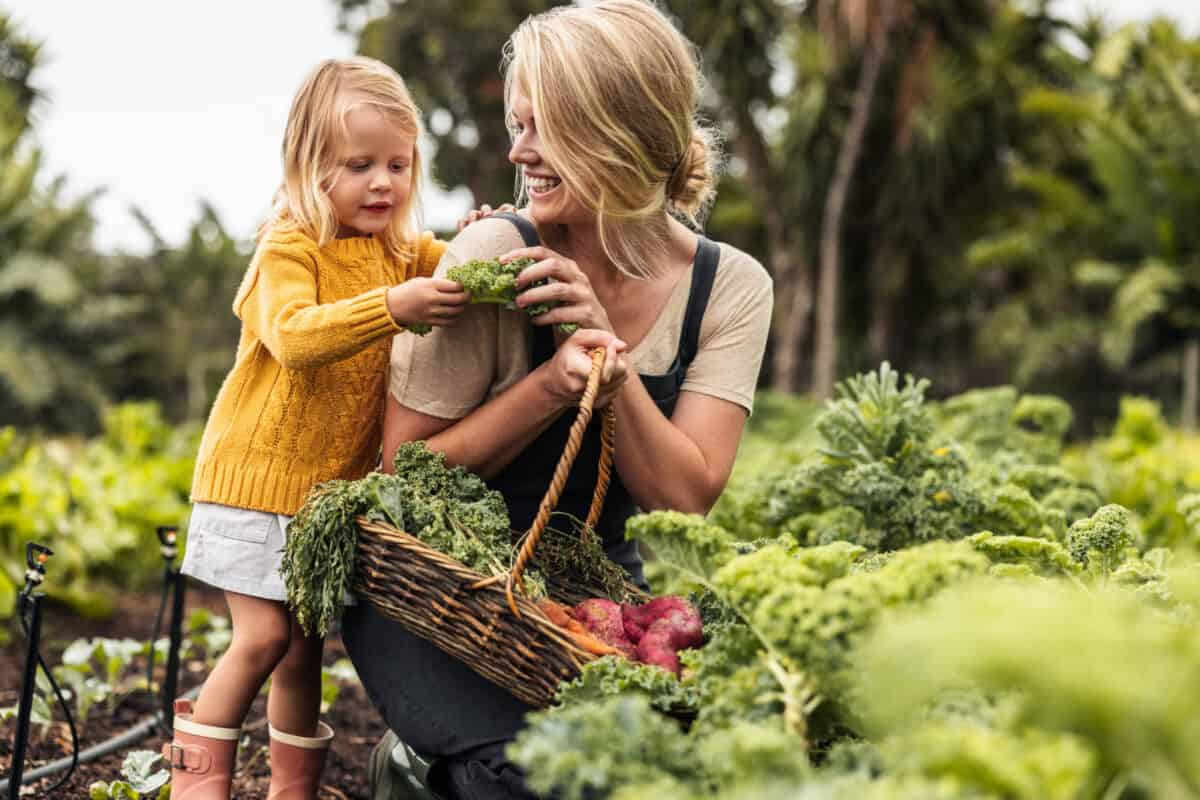
Eating seasonally also has environmental and economic benefits since it allows consumers to support their local farmers and eliminates the impact of shipping food worldwide (1).
Continue reading to learn about the benefits of eating seasonally and how to incorporate more seasonal produce into your diet.
What Does it Mean to Eat Seasonally?
Before learning about the benefits of seasonal produce, it can be helpful to understand what it means to eat seasonally.
Seasonal produce can be defined in many different ways, but this article will focus on the concept of “local seasonality” due to its numerous benefits on health, the environment, and the economy (1).
Each fruit and vegetable grows best in a specific climate and time of year. “Local seasonality” is when food is cultivated during its natural growing season for the region where it’s produced.
These fruits and vegetables are typically grown without the use of commercial greenhouses or other artificial growth conditions (1).
Consumers then eat the food shortly after harvest in the same area in which it was grown. In other words, the food isn’t shipped around the world to regions where it’s not in season (1).
Here are some examples of seasonal produce in the United States (2). From there, seasonality can be broken down further by specific regions within the country.
- Spring: Asparagus, apricots, spinach, and broccoli.
- Summer: Eggplant, blackberries, summer squash, and watermelon.
- Fall: Cauliflower, sweet potatoes, cranberries, and pumpkins.
- Winter: Grapefruit, winter squash, pears, and leeks.
Out-of-Season Produce
For reference, out-of-season produce is harvested before it’s ripe to be shipped worldwide for consumption. It’s often ripened artificially during transportation.
For example, in the United States, blackberries naturally grow during summer. Eating blackberries in the winter would be considered “out of season (2).”

Nutritional Benefits of Eating Seasonal Produce
Though many factors can impact the nutrient quality of food, produce is generally the most nutritious right after harvest. Fruits and vegetables begin to lose vitamins and minerals the longer they are stored (3).
Because seasonal produce is allowed to ripen naturally and is eaten soon after harvesting, it contains more nutrients than out-of-season fruits and vegetables that have been stored and transported for extended periods (4).
However, this is not to say that out-of-season produce completely lacks nutrients. Research shows that eating more fruits and vegetables in general will benefit your overall health, regardless of seasonality (4).
Variety In Your Diet
Eating seasonal produce may also increase the variety of fruits and vegetables in your diet. Because the flavor and texture of seasonal produce tend to be more desirable, you may enjoy eating more fruits and vegetables that have been locally grown.
Planning your meals around the produce currently in season allows for creativity and can help get you out of a rut if you’re tired of cooking the same meals.
On the other hand, limiting yourself to locally grown seasonal produce may sometimes reduce the variety in your diet, depending on your location and resources.
For example, if you live in a harsher climate, few local fruits and vegetables may be available in the winter months (5).
Eating Seasonally is Sustainable and Eco-Friendly
There can be many environmental benefits to eating seasonally. Research shows that seasonal produce grown outside and eaten by local consumers has the lowest greenhouse gas emissions (GHGE) (4).
Since the idea behind local seasonal produce is that it’s grown close to where it will be eaten, long-distance transportation and its associated fuel emissions are significantly reduced (1).
Heated greenhouses used to grow out-of-season fruits and vegetables have high energy needs and, therefore, higher GHGE than food grown outside naturally (1).
Further greenhouse gas emissions occur due to the refrigeration and storage required for out-of-season produce after harvesting (4).
However, the environmental impact of our food system is complex and depends on many factors.
Farming practices are not automatically sustainable just because they focus on locally grown, seasonal produce. Factors like pesticide use, land management, and other farming practices can also play a role (1).
Tips For Buying Seasonal Produce
Eating local, seasonal produce doesn’t have to break the bank. There are many ways you can obtain seasonal fruits and vegetables, depending on where you live, your budget, and the programs you have available to you.
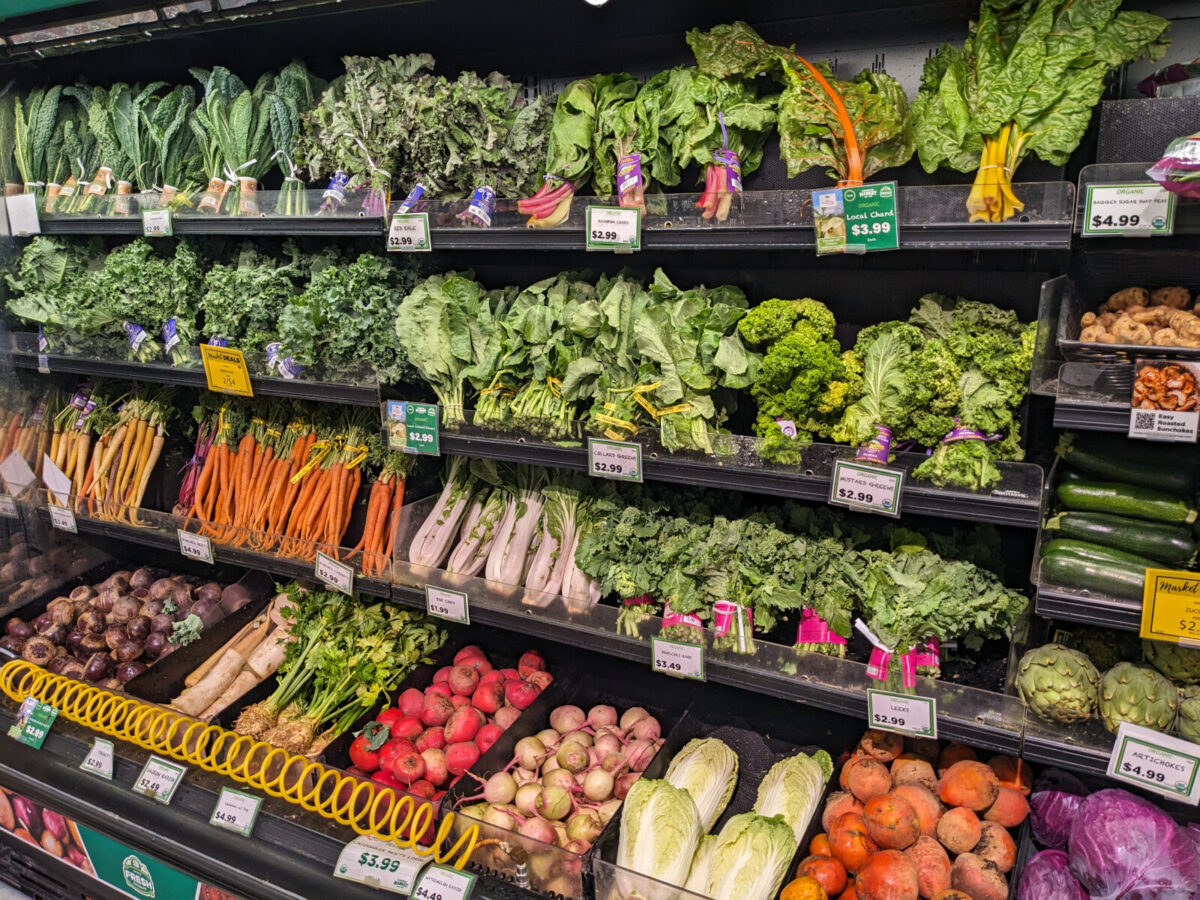
Grocery Shopping
A great starting point is to research which fruits and vegetables grow naturally in your area during each season. Be intentional about planning meals around in-season produce.
Often, grocery store prices can give you information about what’s in season. If something seems overpriced compared to other times of the year, chances are, it’s not in season.
If the cost of fresh produce is a barrier, consider purchasing plain frozen fruits and vegetables as an alternative. This produce is frozen at the peak of ripeness, often close to where it was harvested.
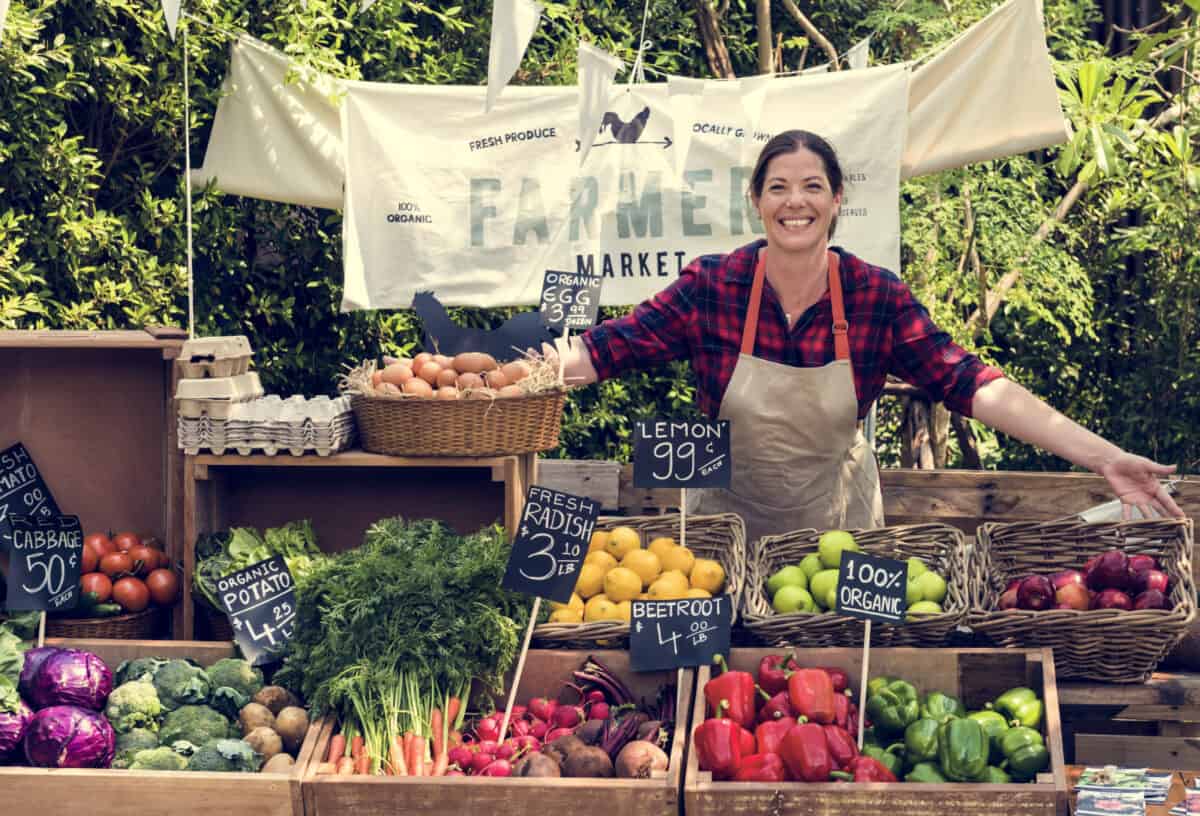
Farmers Markets
Farmers markets and local food co-ops are usually the first places people think to buy seasonal produce. These are great ways to access high-quality fruits and vegetables and support the local economy. However, they can be cost-prohibitive to many people.
Community-supported agriculture (CSA) boxes are another way to access seasonal produce. Local farmers sell subscriptions to CSA boxes filled with fruits and vegetables that rotate depending on the time of year, usually at a discounted rate.
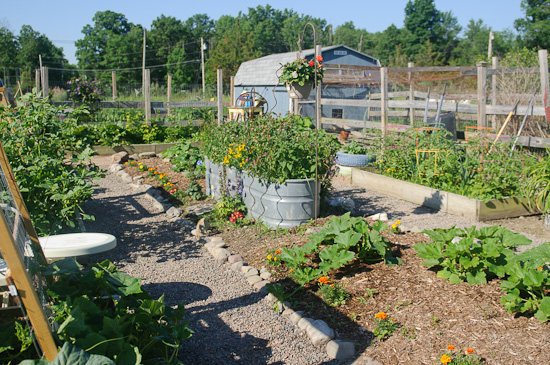
Gardening
Planting your own garden from seed can be a very low-cost option for including seasonal fruits and vegetables in your diet.
Urban agriculture is growing in popularity for people who live in cities and is a way to grow your own seasonal produce if you don’t have yard space for a garden (1). For a low cost or sometimes free, you can reserve a plot in a community garden, typically built on unused land.

